9 August 2025
Ever had an “aha!” moment while doodling in your notebook or painting something abstract that somehow made perfect sense? What if I told you those moments are golden when it comes to learning—not just about art, but about life, logic, and even leadership? Welcome to the colorful, thought-provoking world of Project-Based Learning (PBL) in the arts. It’s where imagination meets intellect, and students get to flex both their creative muscles and critical thinking skills—often at the same time.
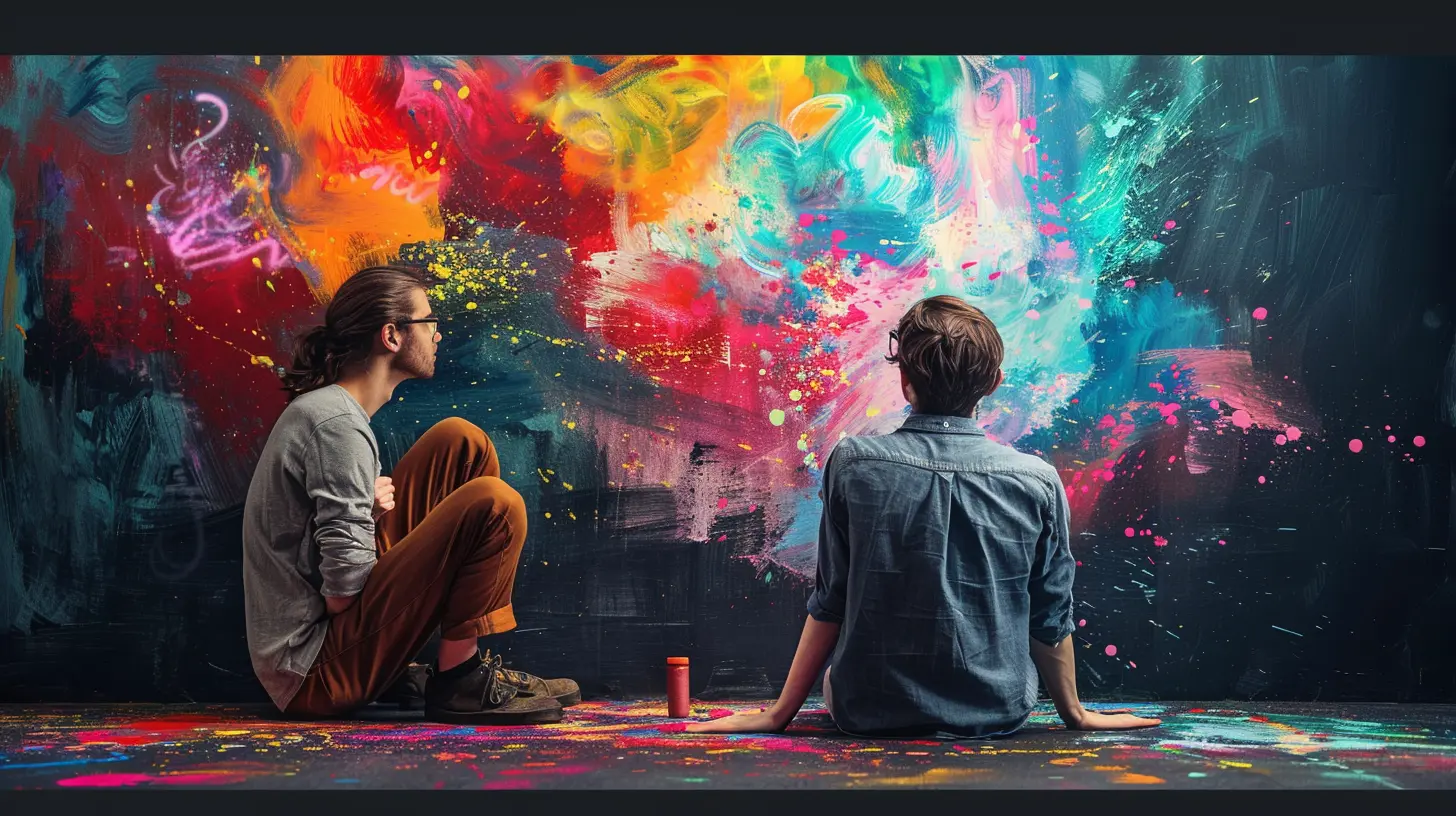
What is Project-Based Learning, Anyway?
Okay, before we dive headfirst into the paint bucket, let’s get one thing straight: What is project-based learning?PBL is an educational approach where students learn by actively engaging in real-world and meaningful projects. Rather than sitting through lectures and memorizing facts for a test, students in a PBL classroom tackle projects that require them to research, collaborate, problem-solve, and present solutions. The magic really happens when this method is applied to the arts.
Now, when we throw creativity into this mix? That’s when things get interesting.
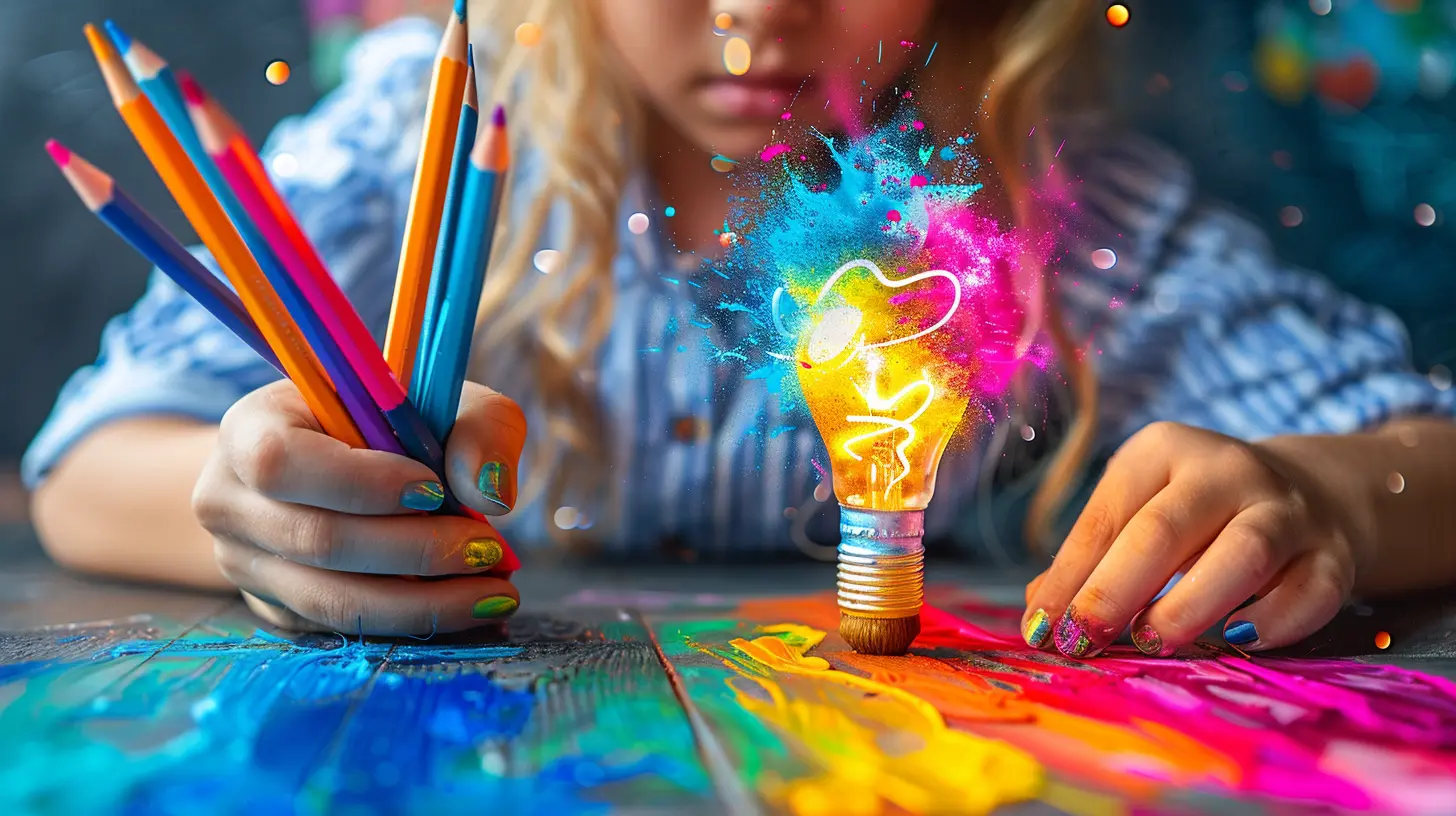
Why the Arts and PBL are a Perfect Match
You might not immediately think of art classes as places where problem-solving and critical thinking are king—but they are. Creating art isn't just about making something look pretty. It’s about taking an idea and figuring out how to express it, often within constraints like time, materials, or themes. That’s problem-solving in action.And PBL? It naturally complements creative expression because it allows students to:
- Work on long-term projects that matter to them
- Make choices in how they express their ideas
- Connect their artwork to real-world issues
- Reflect on their learning process
When students combine the freedom of artistic expression with the structure of a meaningful project, they’re not just learning about art—they’re learning through art. That’s a total game-changer.
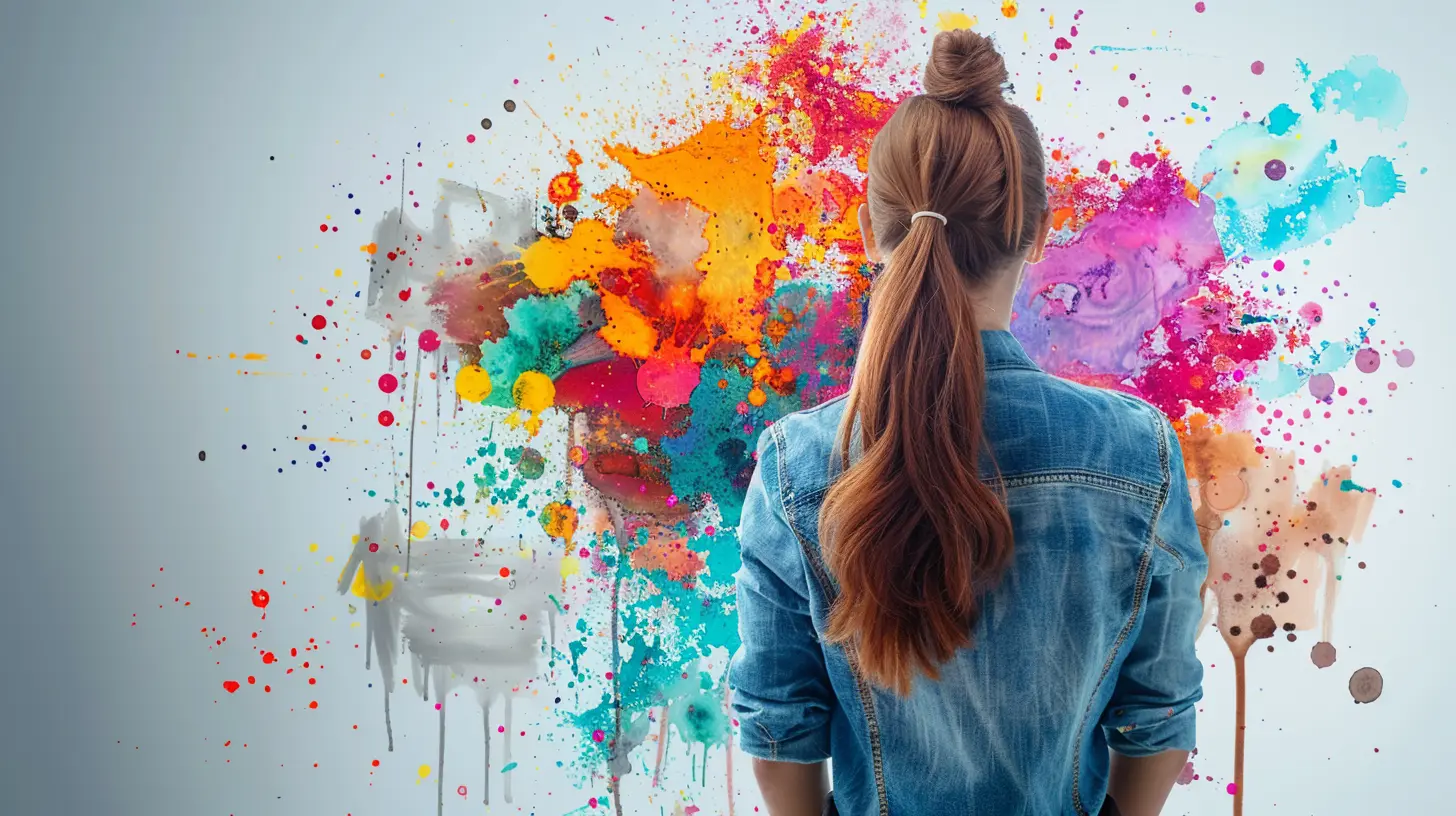
The Brainy Benefits of PBL in the Arts
Let’s be real for a second. Anyone who’s ever tried to create something original knows it’s not always easy. It’s mentally taxing. You hit walls. You start over. You make mistakes. But guess what? That’s precisely where the brain gets stronger.Here’s how PBL in the arts supercharges student brains:
1. Encourages Higher-Order Thinking
When students plan an art project from start to finish—say, designing a mural that speaks to climate change—they aren’t just slapping paint on a wall. They’re analyzing data, synthesizing ideas, evaluating messages, and making decisions. That's a whole lot of brain work.2. Builds Emotional Intelligence
Creating art often taps into personal experience and emotion. Through projects, students learn to understand their own perspectives and empathize with others. When they work in teams, they also develop communication and collaboration skills. Hello, future leaders!3. Teaches Time Management and Resilience
Long-term projects aren't finished overnight. There are dead ends, delays, and detours. Students learn how to manage their time, persevere when things get tough, and adapt when plans don’t work out. Isn’t that a great metaphor for life?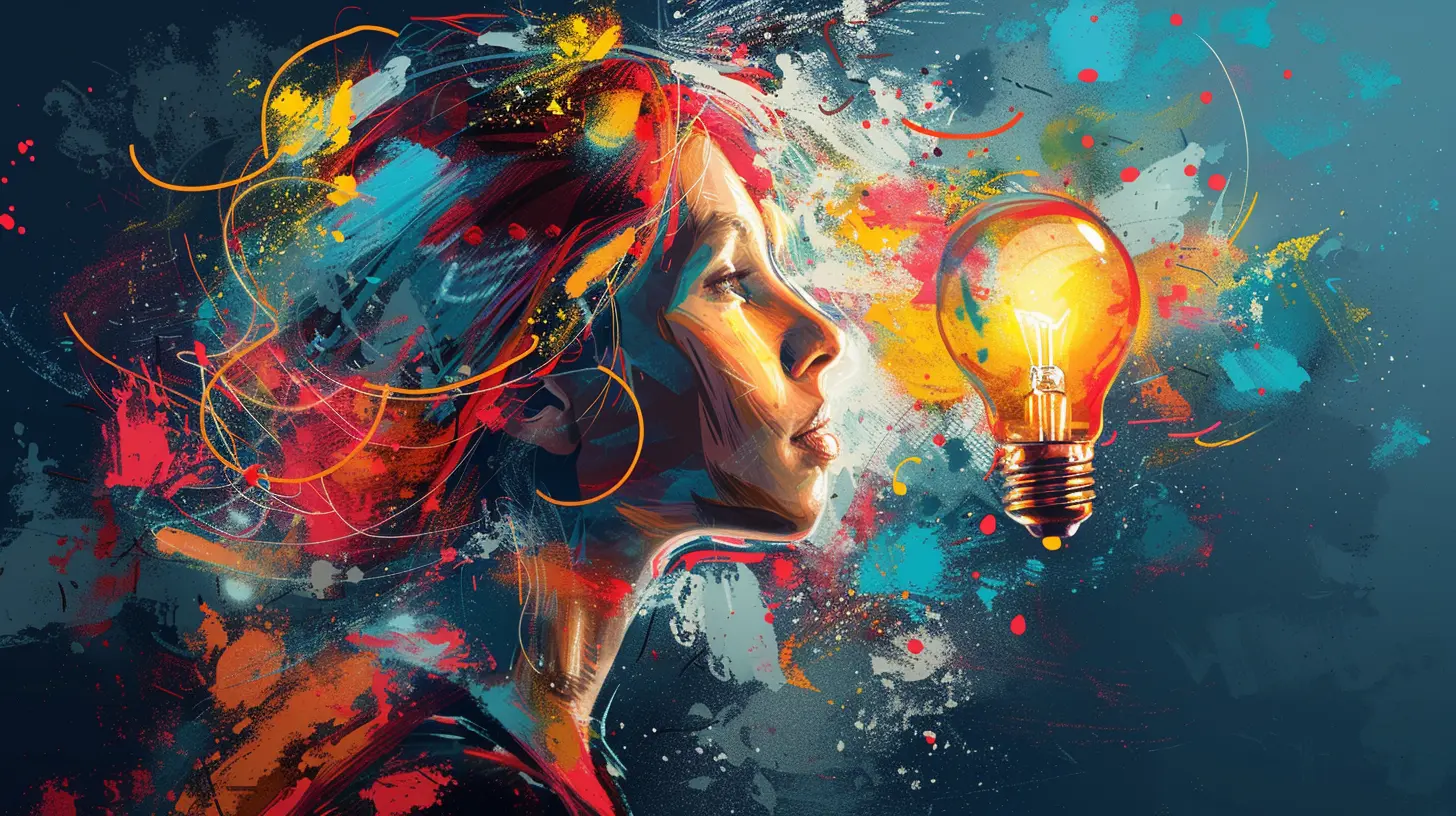
How It Actually Looks in the Classroom
Alright, let’s get our hands dirty (and not just with paint). What does PBL in the arts actually look like in real-life classrooms?Visual Arts: Storytelling Through Murals
Let’s say you’ve got a group of high school students challenged to create a mural for their community. Their mission? To express the city’s history and culture through art.- They research local history
- Conduct interviews with community members
- Sketch draft designs
- Present proposals and get feedback
- Finally, paint a collaborative mural for public display
Throughout this project, they’re engaging with historical context, visual storytelling, teamwork, and presentation skills. That’s some powerful, real-world learning.
Performing Arts: Creating a Social-Impact Play
Middle school drama students might work on creating a play that raises awareness about bullying. They start by sharing personal stories, doing research on the psychological impacts of bullying, then collaboratively write, rehearse, and perform the play for their school.In this scenario, they’re writing scripts (hello language arts!), practicing public speaking, managing group dynamics, and using creativity to affect change.
Music: Composing a Soundtrack for a Cause
An upper elementary music class could be tasked with composing a soundtrack that represents various global environmental issues. They’ll need to:- Understand the emotional power of music
- Translate complex themes into sound
- Collaborate on composition
- Present their soundtrack and explain their choices
It’s not just about playing notes—it’s about using sound to tell a story and inspire action.
Tips for Teachers: Making It Work
Are you an educator thinking, “This all sounds great, but how do I actually pull it off?” I got you.Here are a few practical tips to get PBL rolling in your arts classroom:
1. Start with a Big Question
Kick things off with a question that’s broad, open-ended, and meaningful. Think: “How can we use art to inspire change in our community?”This gives students a goalpost to aim for and encourages ownership of their project.
2. Give Students Voice and Choice
Let them decide how they want to express their ideas. Maybe some want to paint, others want to write, dance, animate, compose—you name it. The more choice, the more engagement.3. Integrate Other Subjects
Don’t be afraid to cross boundaries. Art projects can connect with history, science, math, literature—you name it. This not only enriches the learning experience but shows students how the world really works: interconnected.4. Use Reflection as a Teaching Tool
Give students time to think about what they’ve learned—not just what they created, but how they created it. What did they struggle with? What would they do differently? Reflection deepens learning.5. Showcase the Results
Let students present their final projects to an audience. This could be parents, schoolmates, or the broader community. A public showcase adds purpose to the work and boosts confidence.Real-World Examples of PBL in the Arts
If you're looking for inspiration, check out these real-life examples of arts-based PBL making waves:- El Sistema (Venezuela): A music education program that empowers at-risk youth through orchestral performance. Students learn discipline, teamwork, and social responsibility.
- The Mural Arts Program (Philadelphia): Engages students and artists in collaborative public art projects, transforming city spaces while promoting dialogue and inclusion.
- The Future Project (USA): Helps students launch “dream-directed projects,” often using creative media to address personal and societal challenges.
These aren’t just school projects. They’re life-changing experiences.
Why It Matters More Than Ever
Let’s face it—the world is complex. We need problem solvers, innovators, critical thinkers, and empathetic leaders. Project-based learning in the arts nurtures all of these.It’s not about training the next Picasso or Beyoncé (though, hey, that’s cool too). It’s about providing a space where students can explore big ideas, take risks, and find their voice.
When students create a project that reflects their vision and values, they’re not just passing a class. They’re preparing for life.
Closing Thoughts: Let Creativity Lead
So, why do project-based learning and the arts go hand in hand? Because together, they fuel a kind of learning that’s deep, dynamic, and—let’s be honest—a lot more fun.PBL gives students the chance to be the architects of their own learning, and the arts give them the tools to do it with flair, heart, and meaning. Whether it’s through a canvas, a stage, or a camera lens, students get to show us how they see the world—and maybe even how they’d like to change it.
Let’s give them the space, the support, and the freedom to do just that.

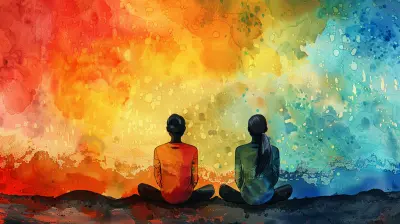
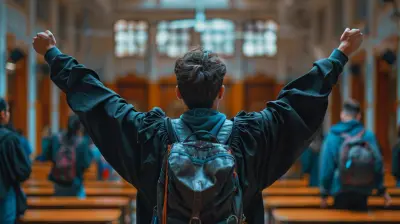
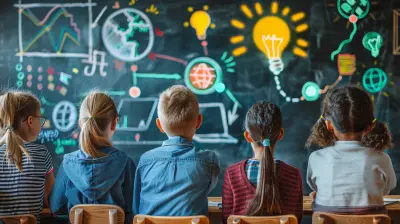
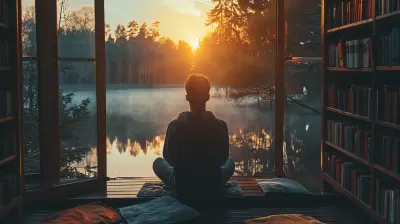
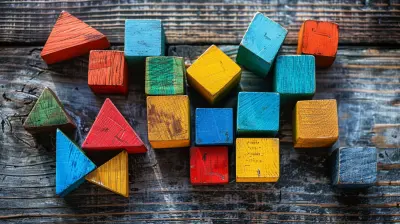
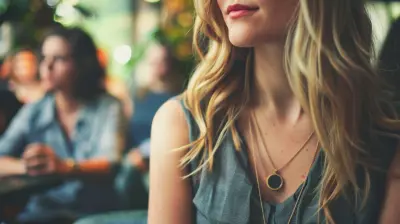
Zeal Schultz
This article beautifully illustrates how project-based learning enhances both creativity and critical thinking in the arts. By engaging students in hands-on projects, educators foster an environment that encourages innovative expression while developing essential problem-solving skills. A transformative approach!
November 27, 2025 at 7:35 PM